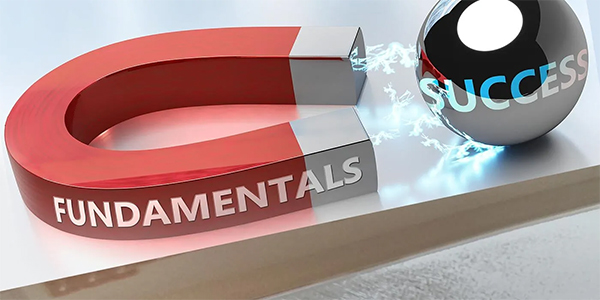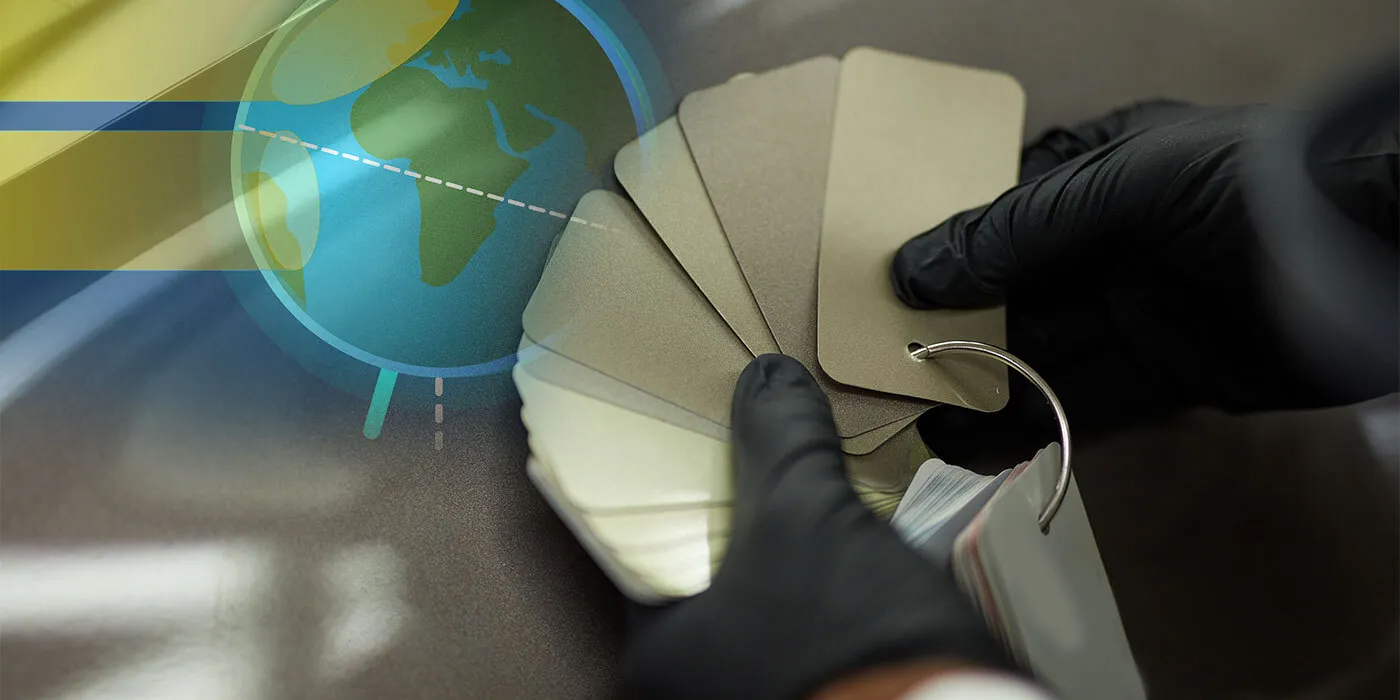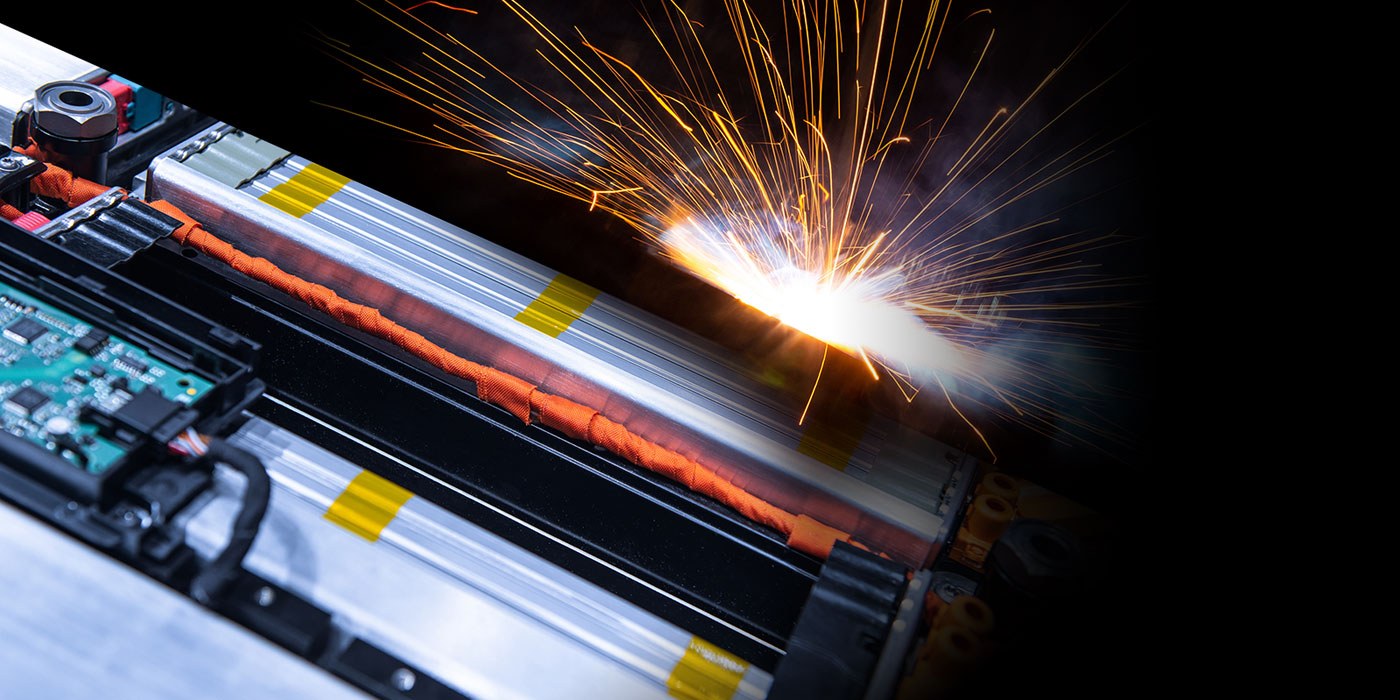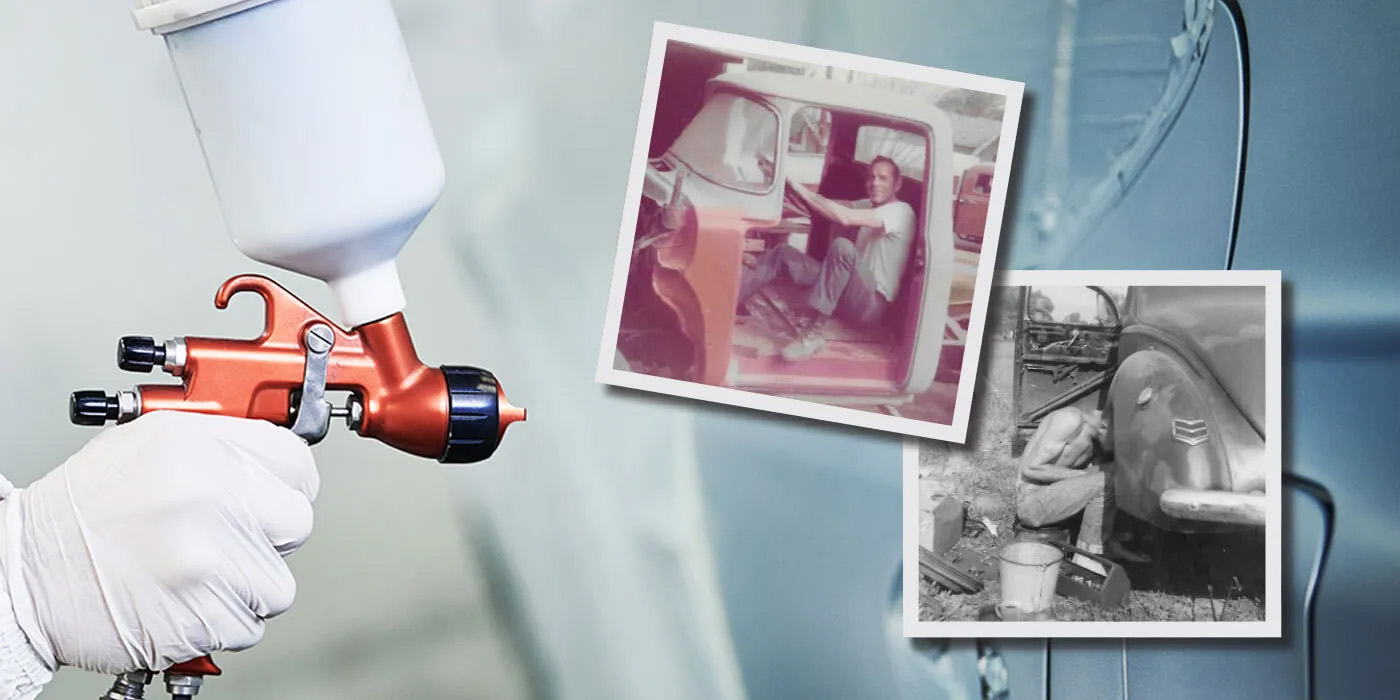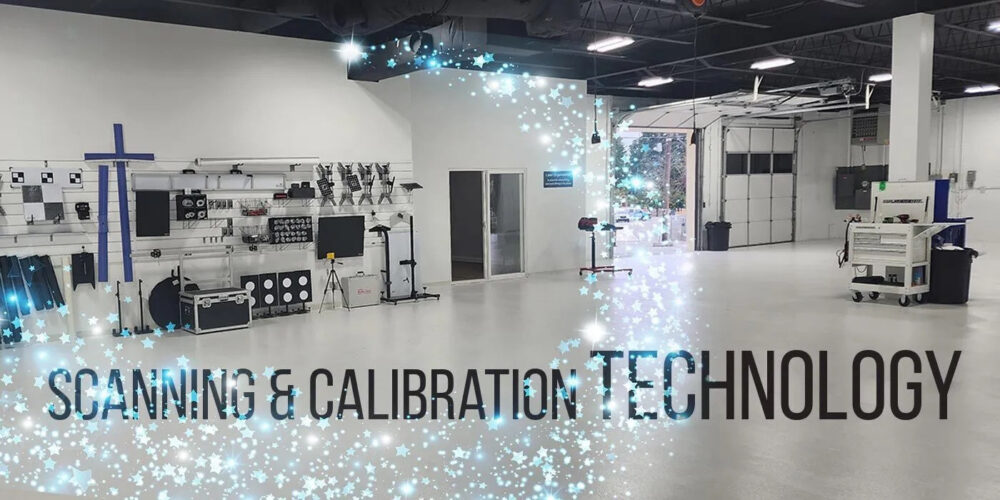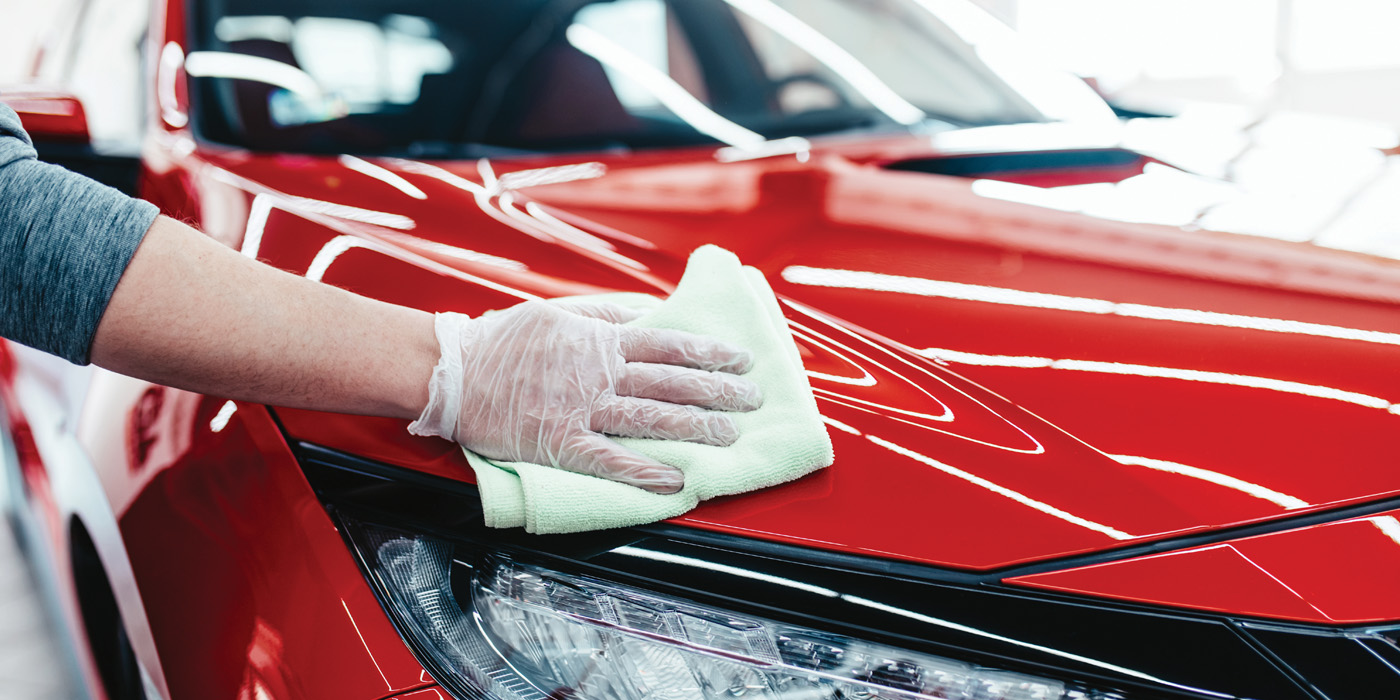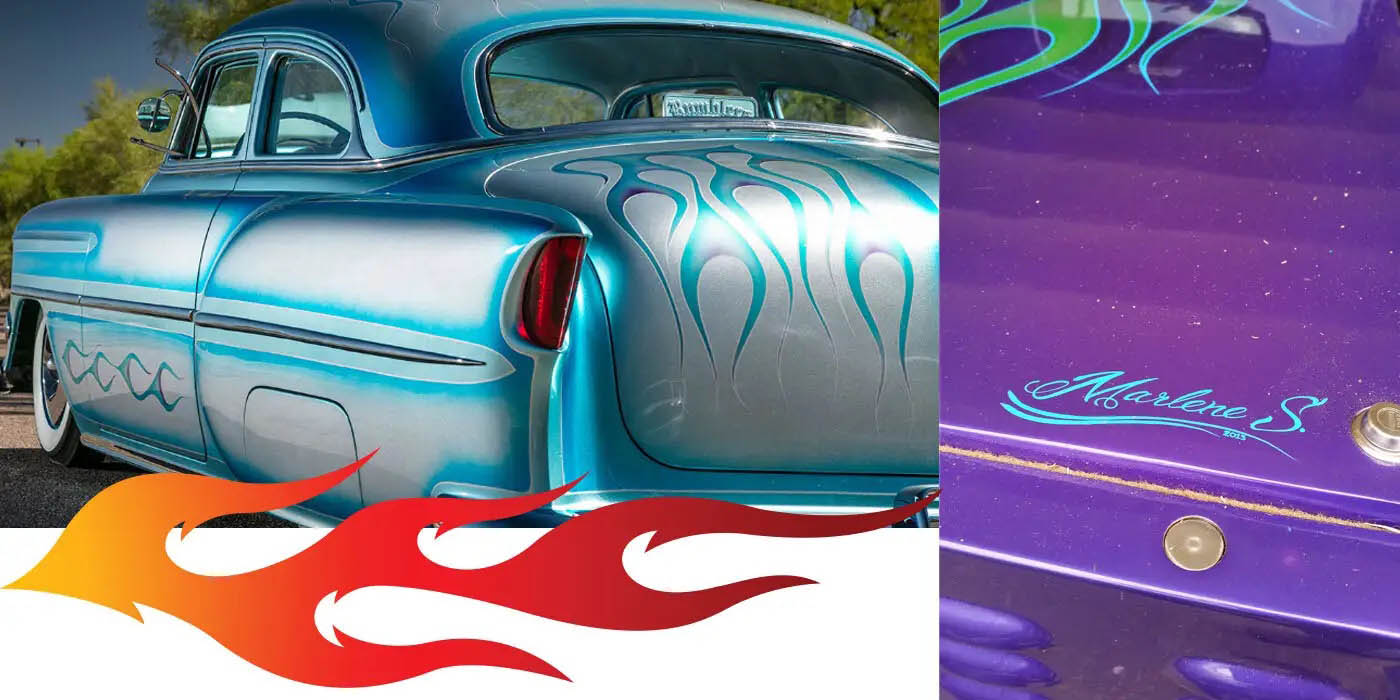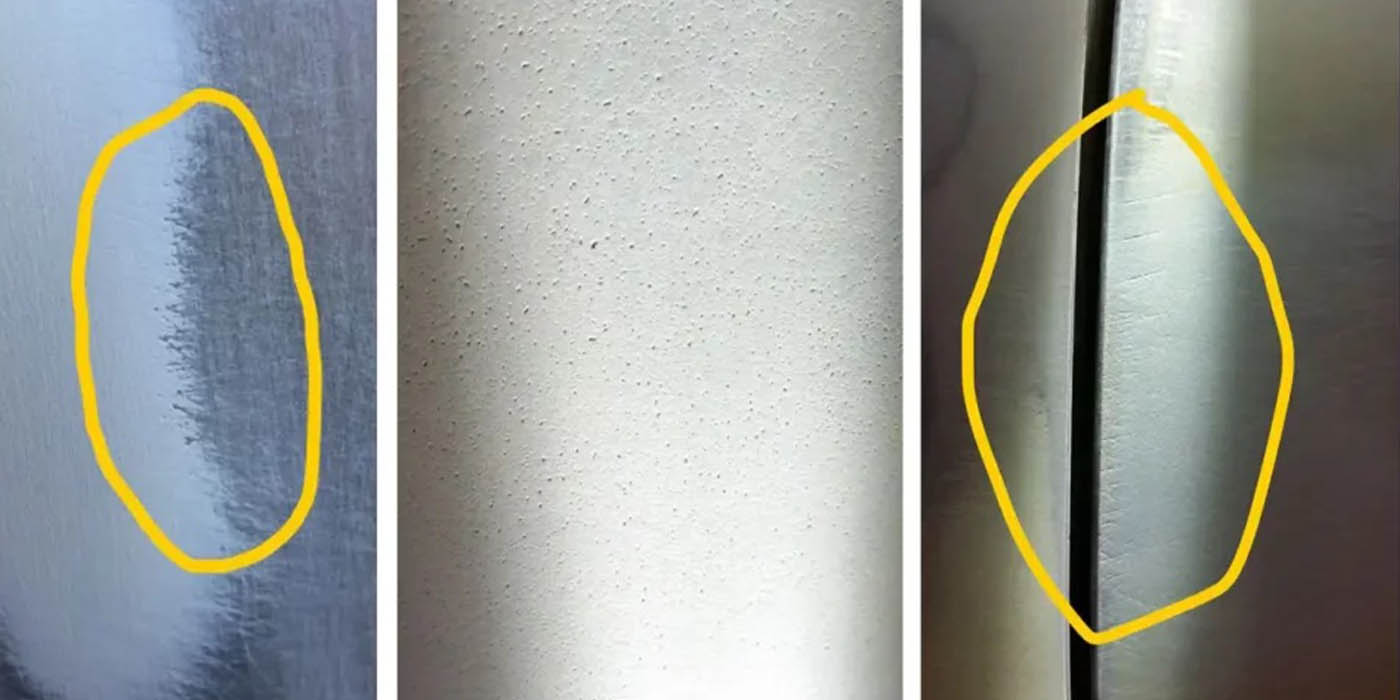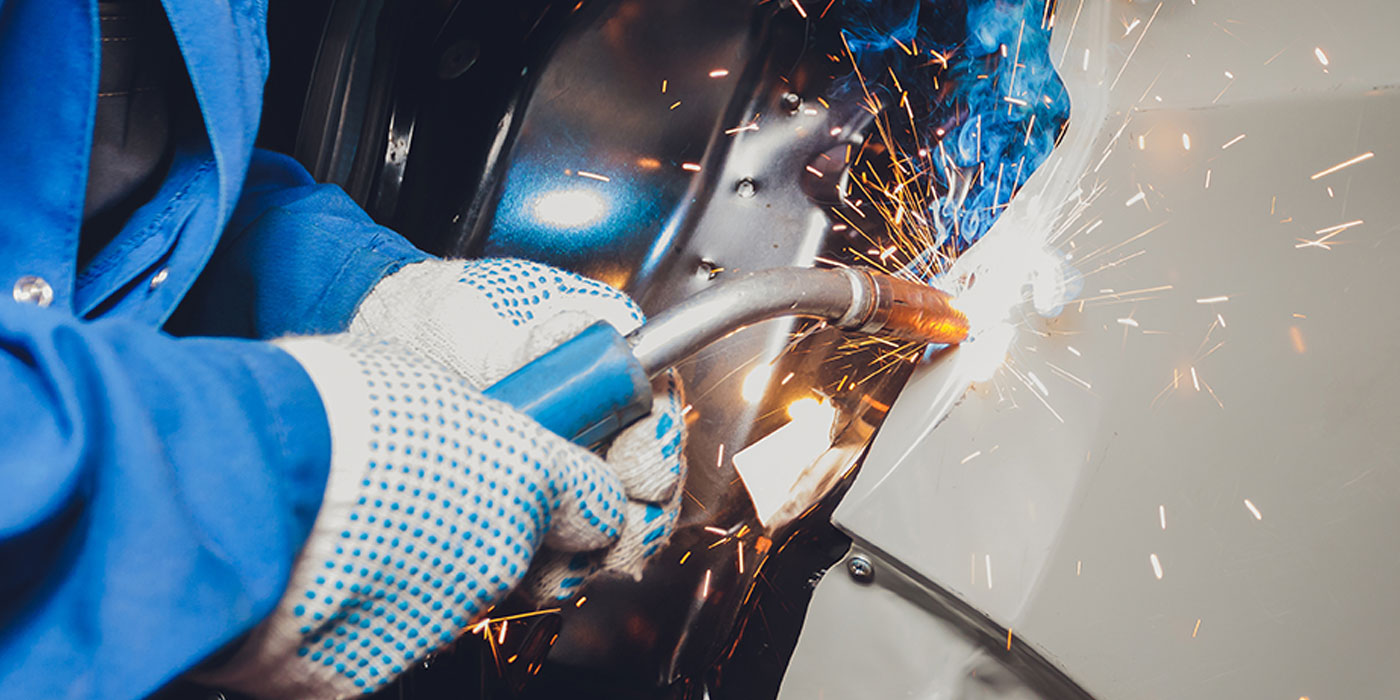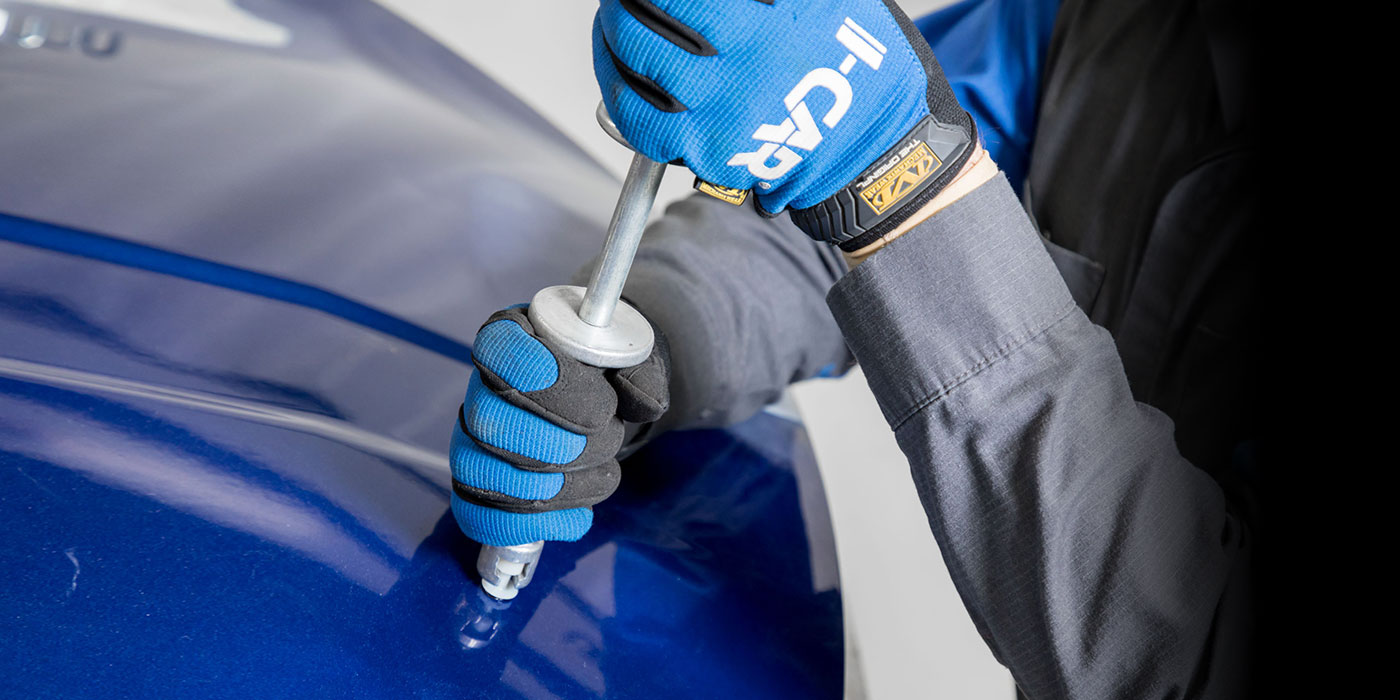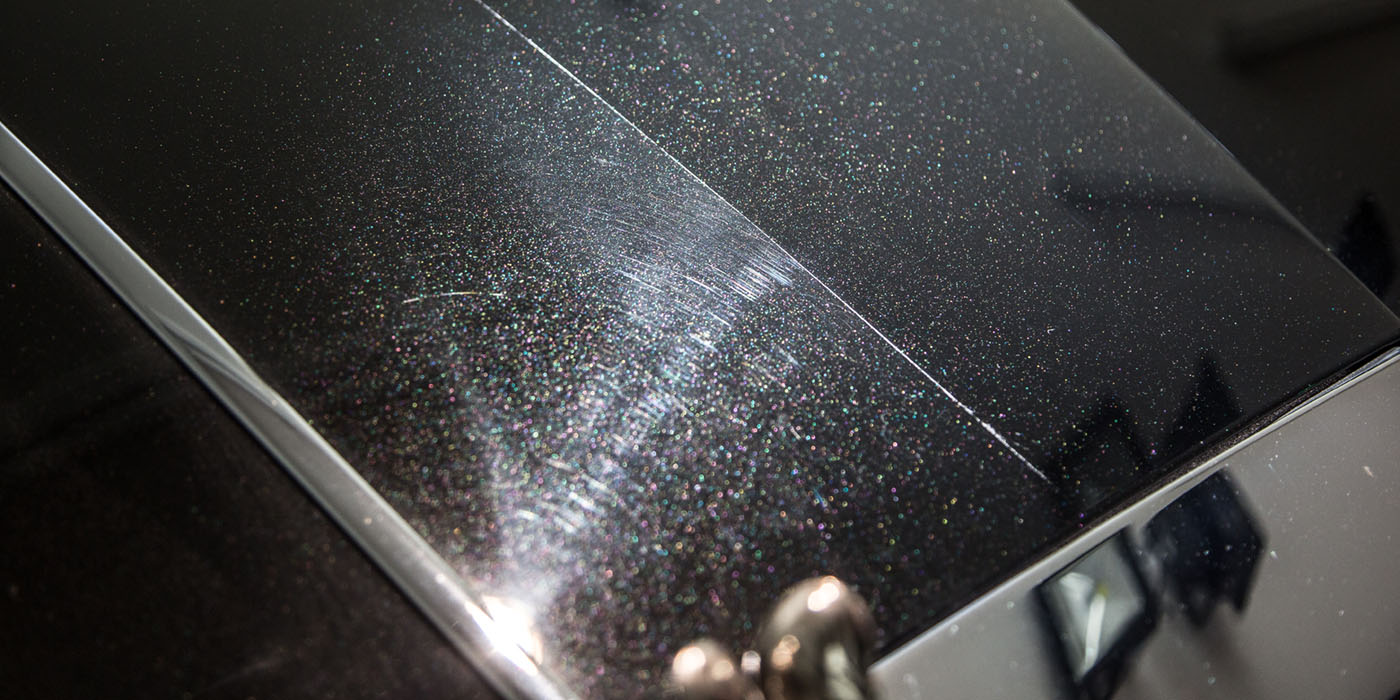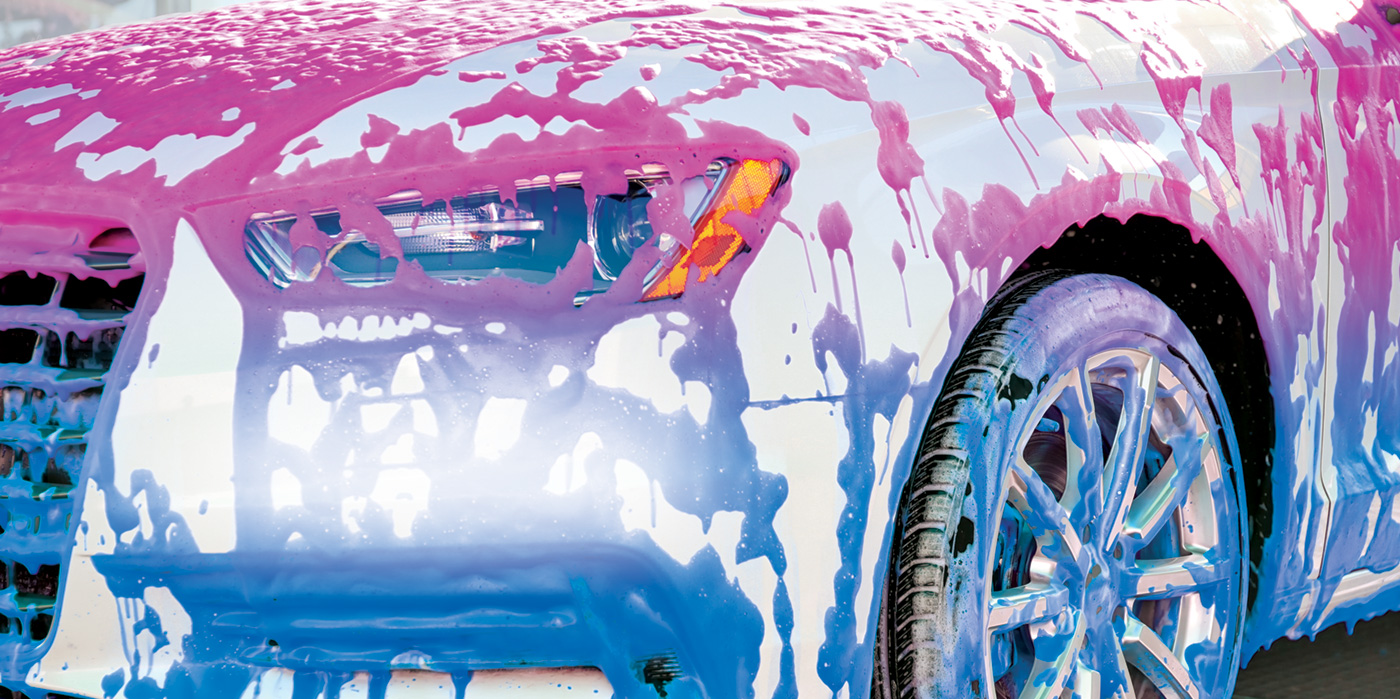Courtesy of BodyShop Business by Carl Wilson
As a kid wanting to paint his bicycle, I had no idea of the work that lay ahead. Decades later as a professional automotive painter, I saw the same blissful ignorance in youngsters eager to start painting their own stuff.
Fortunately for me, my father was in the industry, and as it was both his job and his hobby, I had no shortage of examples of the repair/refinish process — Dad always had a project of sorts going on at home. Also fortunate for me, I grew up in a household where we were taught to do things right. For example, if one of us boys busted through the back door, slamming it in haste, we were told, “Go back and close that door properly!” Never mind it was already closed and we were in a hurry — there was always time to go back and do it right. Without realizing it, this was laying the foundation of the ethos of doing things right the first time. This mindset proved crucially valuable as a flat-rate painter where nothing is faster or more profitable than accuracy: doing it right the first time.
What does “do it right the first time” mean? Isn’t there more than one way to skin a cat? Yes, there is. Sort of. As an industry, we embrace the phrase “best practice” as an understanding that while there may be more than one path to the destination, this “path” is the best. Says who? The painter? The shop owner? The paint rep? The paint manufacturer?
Clearly there is room for multiple opinions, often based on personal, empirical evidence — and I seldom argue with success. Notwithstanding, the best practice is often “suggested” by the chemists and product testers who have developed the product and have written down their instructions with the goal being the best performance of their product. This is particularly true when we’re talking about mixing and applying multiple component products.
I find it helpful for the new prepper to simmer the process down to the basic goal we’re after. No two collision repairs are identical, so if we know the goal, we can navigate there based on all the variables encountered. We just need to give them the fundamental steps necessary to achieve the goal — perhaps demonstrate it — then allow them to get there.

